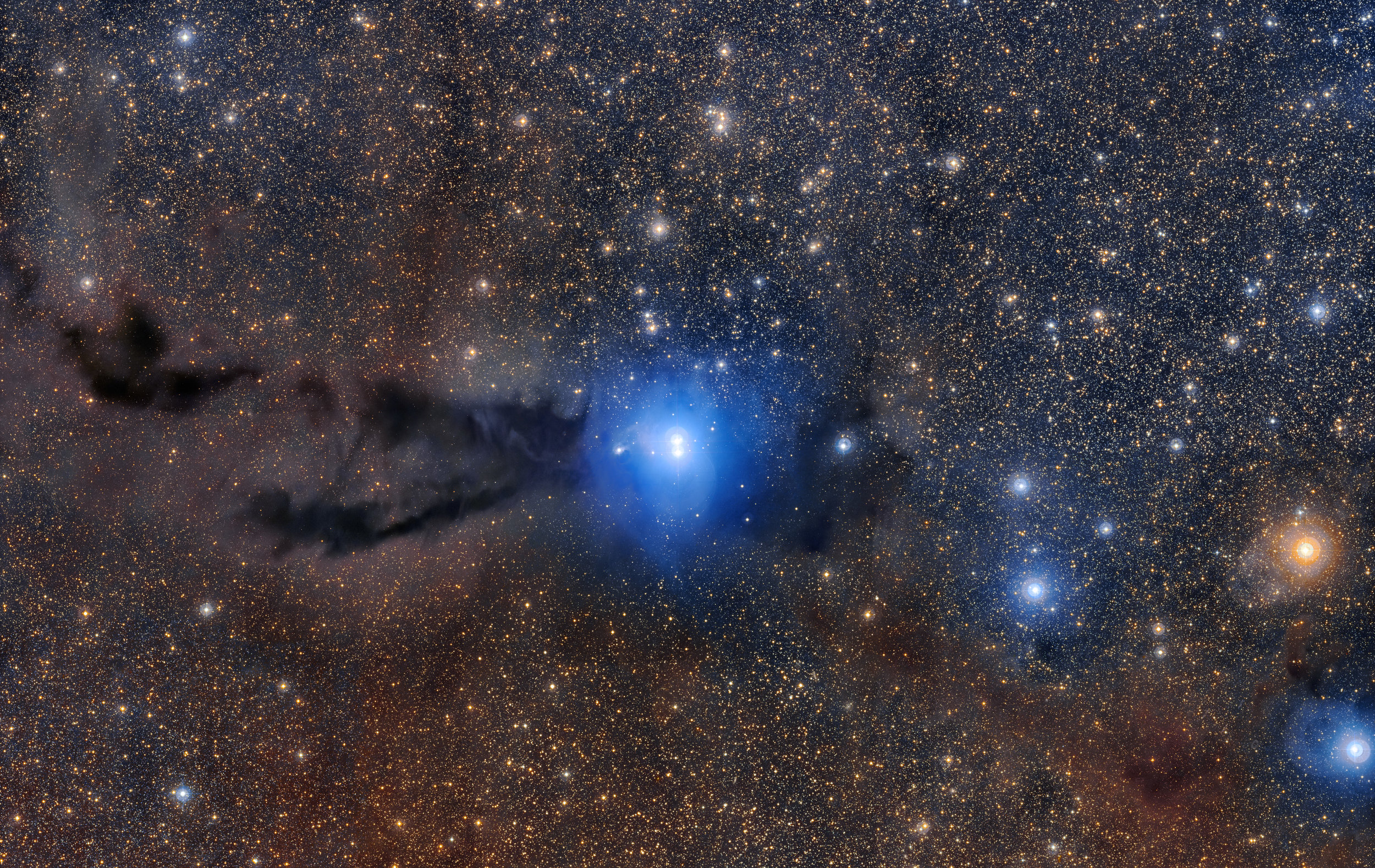Panning across a deep infrared image of the Orion Nebula Video by VLT team

ESO’s HAWK-I infrared instrument on the Very Large Telescope (VLT) in Chile has been used to peer deeper into the heart of Orion Nebula than ever before. The spectacular picture reveals about ten times as many brown dwarfs and isolated planetary-mass objects than were previously known. This discovery poses challenges for the widely accepted scenario for Orion’s star formation history.
An international team has made use of the power of the HAWK-I infrared instrument on ESO’s Very Large Telescope (VLT) to produce the deepest and most comprehensive view of the Orion Nebula [1] to date. Not only has this led to an image of spectacular beauty, but it has revealed a great abundance of faint brown dwarfs and isolated planetary-mass objects. The very presence of these low-mass bodies provides an exciting insight into the history of star formation within the nebula itself.
The famous Orion Nebula spans about 24 light-years within the constellation of Orion, and is visible from Earth with the naked eye, as a fuzzy patch in Orion’s sword. Some nebulae, like Orion, are strongly illuminated by ultraviolet radiation from the many hot stars born within them, such that the gas is ionised and glows brightly.
The relative proximity of the Orion Nebula [2] makes it an ideal testbed to better understand the process and history of star formation, and to determine how many stars of different masses form.
I’ve been a dedicated to Squarespace fan for 20 years. Love the product, people and company.





